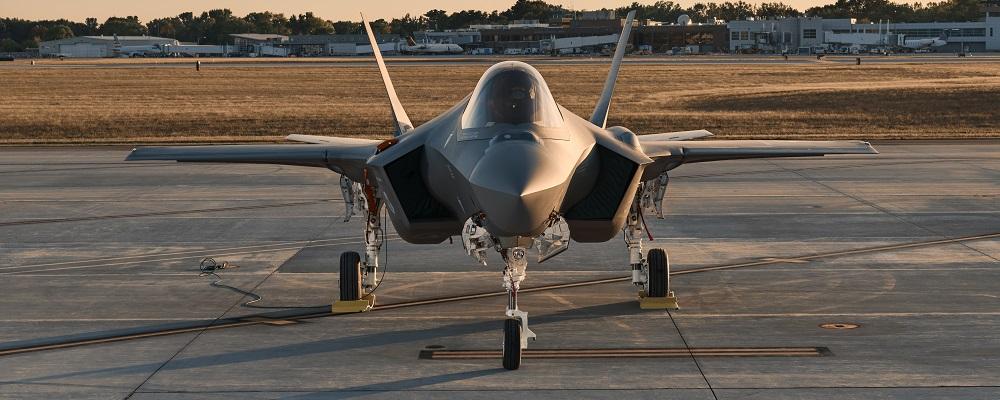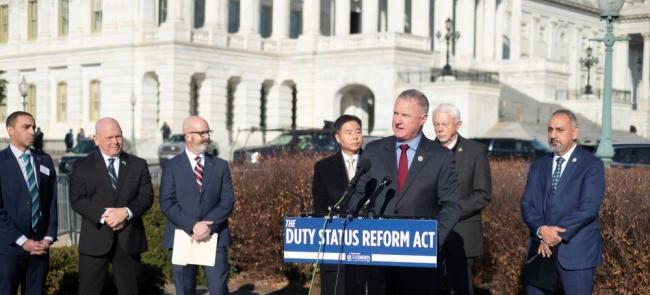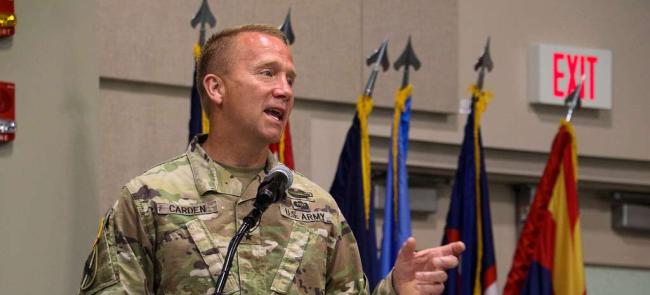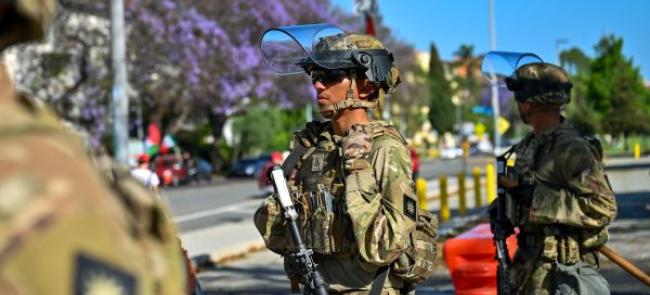
The military’s newest fighter jet faces big hurdles when it comes to sustainment, according to a new government report.
Shortages of spare parts, problems with a key maintenance tool and a lack of long-term sustainment planning are plaguing the F-35, according to a Government Accountability Office study released ahead of a congressional hearing last month.
The lack of spare parts have kept F-35s grounded more than expected, according to officials. From May through November 2018, the nation’s fleet of the fifth-generation jets were unable to fly about 30% of the time due to parts breaking more than expected and a limited capability to make repairs.
Lawmakers noted the shortcomings during a joint hearing of two House Armed Services subcommittees. Leaders of the subcommittees on Readiness and Tactical Air and Land Forces questioned Defense Department officials and those overseeing the F-35 program for the manufacturer, Lockheed Martin.
Lockheed Martin has delivered more than 458 F-35 aircraft to the U.S. military and international partners, with current plans to eventually provide 3,300 aircraft.
Rep. Doug Lamborn, R-Colo., said he was concerned about if the government has full access to the intellectual property required to sustain the F-35.
“We are at risk of allowing one company to be in a monopolistic position to the government, which would enable it to charge a premium for sustainment contracts,” he said.
Rep. John Garamendi, D-Calif, the chairman of the House readiness subcommittee, said the F-35 program update comes at a critical time, with the aircraft entering its operational testing period, being actively deployed around the globe and having seen its first combat mission.
“As DoD’s costliest weapon system, it goes without saying that the F-35 has been the subject of much criticism,” he said. “With acquisition costs expected to exceed $406 billion and sustainment costs estimated at more than $1 trillion over its 60-year lifecycle, this scrutiny is warranted.”
Rep. Vicky Hartzler, R-Mo., said she was pleased to see the latest F-35 production contract award resulted in significantly lower costs for the F-35, from $89.3 million per aircraft to $77.9 million per aircraft. She noted that the F-35 fleet will almost double by 2022.
The Air National Guard received its first F-35s earlier this year, with the first two arriving at the Vermont Air National Guard base in South Burlington in September.












